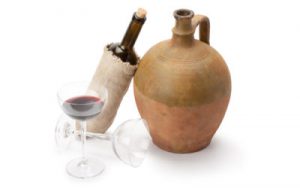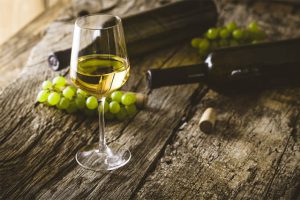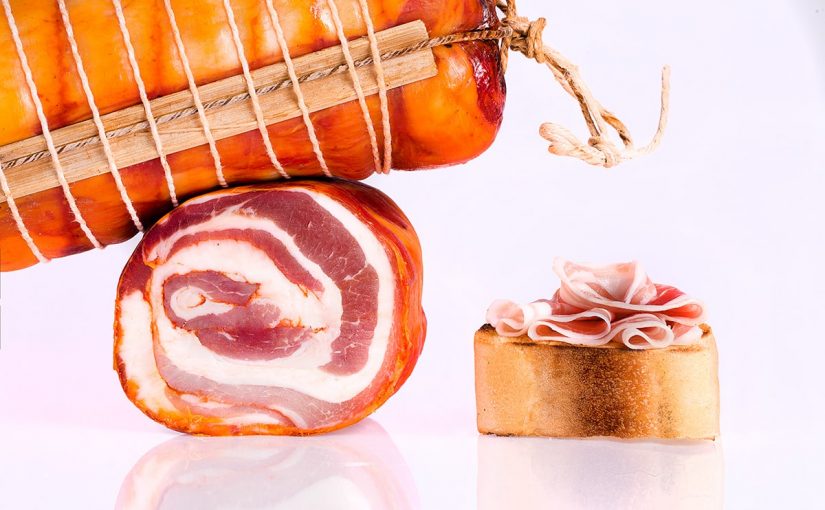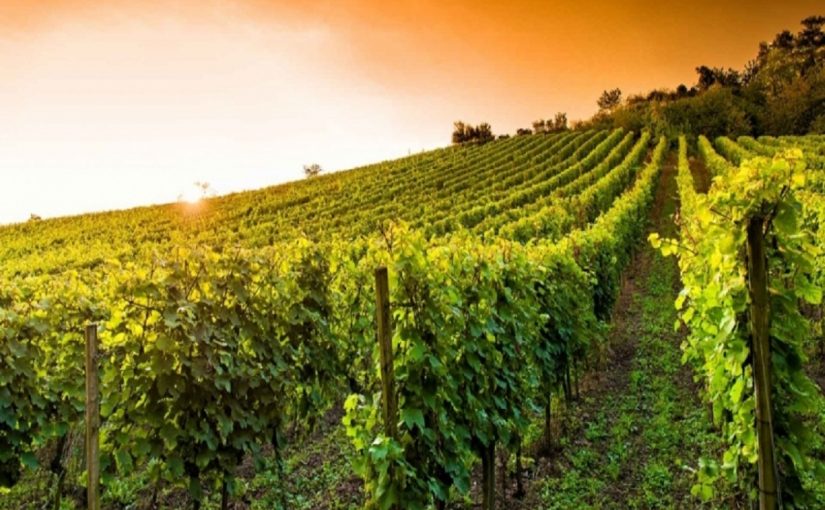7.4.2018
You can appreciate in Calabria some rare nectars like the wines called Pellaro, Trasfigurato, Kalipea.
If you discover the cellars where you can taste such wines, you will understand how the great tradition of Mediterranean winemaking is a treasure to re-discover, a trace of an ancient past, which tells of the origins of European civilization.
PELLARO
The production area of Pellaro includes the entire territory of the municipality of Motta San Giovanni and the territory of the fractions of Bocale, Lume di Pellaro, Macellari, Occhio di Pellaro, Oliveto, Paterriti, Pellaro, San Filippo, Valanidia of the municipality of Reggio Calabria. This wine is surely a relic of greek past, given that the location has been inhabited since the times of Greater Greece, and is surrounded by hills. The Romans conquered the city in 272 BC. Local forests were used to supply Rome with timber for ships of war, and the port was a strategic location for trade with the East.
This wine has an intense ruby red color, intense and delicate aromas and scents of raspberries and violets. It comes from a long maceration of the grapes at a controlled temperature. Maceration lasts twelve days. The aging happens in small barrels for 8 months.
On the nose it is vinous, with hints of ripe fruit and notes of roses, violets and sweet spices; in the mouth it is warm, intense, enveloping and with a good and long persistence.The Rosé Pellaro has a more or less intense pink color; on the nose it has aromas of withered flowers and delicate aromatic notes; in the mouth it is fresh, enveloping, soft, sapid and with a fruity finish.
TRASFIGURATO
A particular wine present in Calabria is the Trasfigurato, made in Seminara. This red wine, but also the local wine of Seminara, is preserved in “terracotta” vases. This original way to preserve the wine is completely “Greek”.
This way, the search for Calabrian wines can be a fascinating pastime for visitors who want to know Calabria, not only for what it is, but also for what it offers.

Seminara is a comune (municipality) in the Province of Reggio Calabria in the Italian region Calabria, located about 90 kilometres (56 mi) southwest of Catanzaro and about 30 kilometres (19 mi) northeast of Reggio Calabria. Seminara was also the birthplace of Barlaam of Seminara and Leontius Pilatus, who were two of the most important Byzantine scholars of the Renaissance period.
KALIPEA
Kalipea, made in Locri, is a wonderful white-rosè wine of a golden color. It has a color between golden yellow and pale rosé, delicate perfume, dry taste, quite harmonious.
The vineyards are located in the district of Kalipia in the municipality of Locri, the wine is made from with grapes of Mantonico, Malvasia di Sicilia, Gaglioppo, Negrello, and Trebbiano.

This wine tells something of the land were the grapes are cultivated. The town of Epizephyrian Locris (Greek Ἐπιζεφύριοι Λοκροί) was founded about 680 BC on the Italian shore of the Ionian Sea, near modern Capo Zefirio, by the Locrians.
Epizephyrian Locris was one of the cities of Magna Graecia and Plato called it “The flower of Italy”, due to the local peoples’ characteristics. No surprise that the name of the wine is so typically “Greek”.




